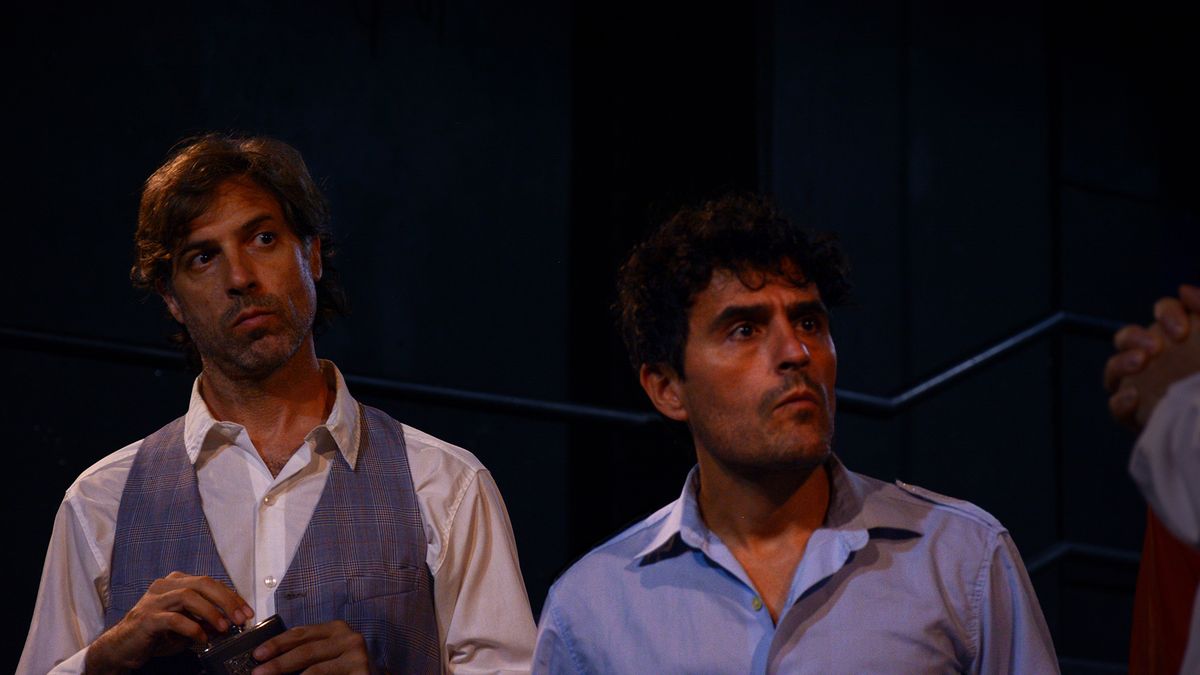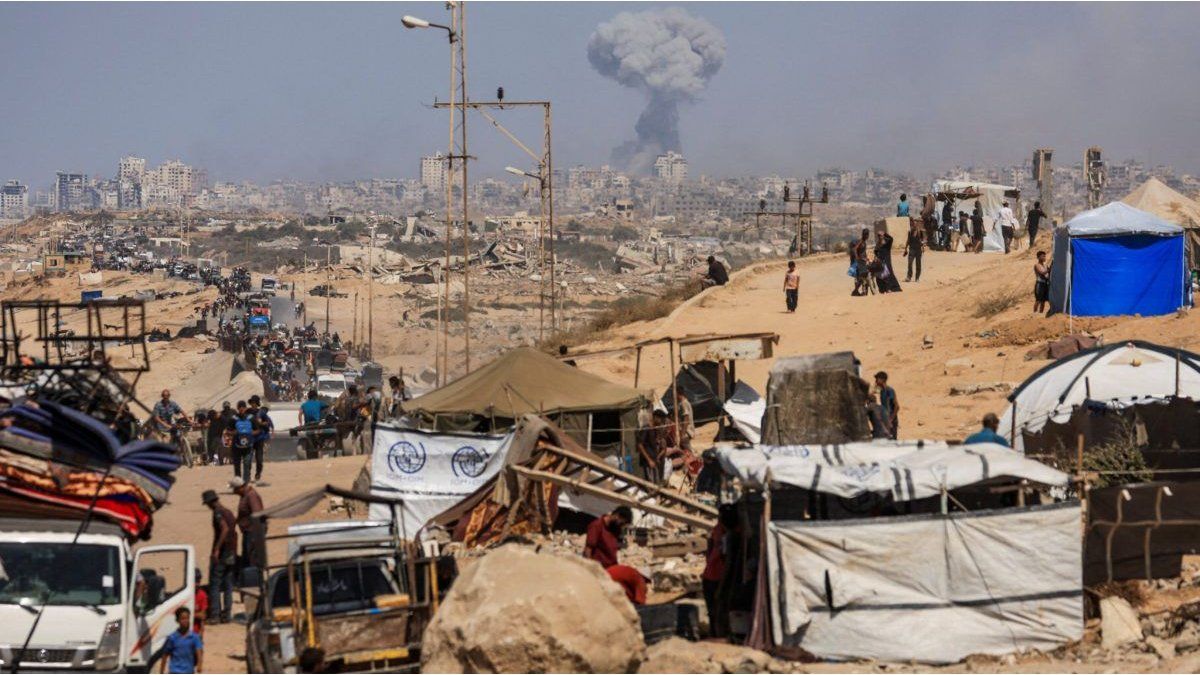“Roberto Arlt knew how to speak like no one of violence in his different modes of expression, which dissolves solidarity ties and promotes alienation. His work has surprising validity ”, says Gabriela Villalongadirector of “Saverio el Cruel”, of Roberto Arltwhich has been presented last Saturday at the Payró Theater.
Fascism, farce, inequality and class violence are some of the features that Arlt addresses in this piece released in 1936; that Villalonga Review and recover to think about social cruelty prevailing in contemporary societies and sociocultural devices that make possible their implementation and impunity.
Has the actions of Marito Falcón, Ligüen Pires, Ariel Guazzzone, Roberto Cuñarro, Adriana Echegaray, Roberto Monzo, Lali Rojas and Liliana Simsi. We talked with Villalonga.
Saverio el Cruel 1.jpg
Journalist: Why is this national theater classic is still in force today?
Gabriela Villalonga: The work attracted us for its validity in relation to cruelty. Current social political crosses, in subjects, subjects, groups, institutions, communities, conditions life at the level of links. They tend to be voracious, dehumanizing.
Q.: What other issues addresses in addition to cruelty, class violence and farce, how does it resonate today?
GV: Violence in its different ways of expression, dissolves solidarity ties and promotes alienation, the ignorance of oneself, its origins, of its history. Roberto Arlt knew how to talk about this as no one. His work has a really surprising validity. The work also addresses human aspects that Arlt knows how to deploy very well in his characters. The transformation of each one, one, from the enclosure that designs to emotionally scam another. They become transiting the mockery, change and interact by acting from interests and affections that were initially veiled and that the embustury progresses. Even in Saverio, who is the victim of deception elucidated by the group of “cachators”.
Q.: What parallelism can be drawn between that upper class and the Buenos Aires suburbs of 1930 with the current classes? How did society transform?
GV: The infamous decade, the 30s’, has points of current contact. The dismemberment of social ties, the dissolution of solidarity ties, the tendency to assume a personal development of social processes, policies and others. This biased look is in the characters in the play. The group that plots the farce for Saverio belongs to a social class that holds greater power. They are the ones who decide to make the supplier to sell them the butter, speculating with the eagerness for the progress of the merchant worker. This abuse from the ruling class today resonates in power relations based on speculation. In manipulation from the political and economic power that with arguments that nest in ignorance and hate to the different, design tragic enclosures for life in society. Societies, this worldwide, capitalism ties through, have been granting power to political proposals that promote discrimination and exclusion. The promise of persecutions and the dehumanization of political opponents. This also happened in the decade of the ´30, with the emergence of politics that specified the extermination promises.
Q.: Saverio is a simple butter seller of whom they make fun, who would be Saverio today? What profession would you have and who would despise it?
GV: Saverio could be today, someone who has as a goal to prosper in his work, entrepreneurship or area of knowledge. Strengthen economically, ensure a future, security. The tricksters could be the ones who from the political, economic power, scam him. And this not only economically, but impacting its identity, emptying the industry that produces what Saverio gave meaning as a worker, lying to social reality, about his own reality, making him forget who he is, where he came from and hiding him The true objectives, mobiles of such cruelty.
Q.: What traits does the set and the artistic proposal have?
GV: The staging of the work Saverio el Cruel, refers to two worlds that as the work takes place one. This from the scenographic and costume proposal of Alejandro Mateo, as from the design of Juani Easter lights. The fabrics in the scenography and the costumes have folds, a sign that we wanted to include from the concept of the suggested power in folding. This language composes with the lights and shadows, which also suggest the power from the dark, they reveal and hide. These ideas are also worked from the actions, the possibility of displaying on the surface different aspects, hidden at the beginning. Multiple “masks” of each character that arise in the plot that includes the performance within the performance. The characters simulate, and this “theater” inside the theater, is the challenge that Arlt offers us in a fantastic way.
Q.: How do you see theater and culture today?
GV: Culture, art and theater, I think, are suffering a brutal onslaught. From de -financing to censorship and disqualification. I suppose that the “white”, the object of this actions are social identities, groups, desire, the most happy passions that circulate in artistic events, which arises in the encounter between those and those called by art and cultural projects. Everything that is done with other people in creative processes, learning processes, knowledge, links and diversity.
Source: Ambito




